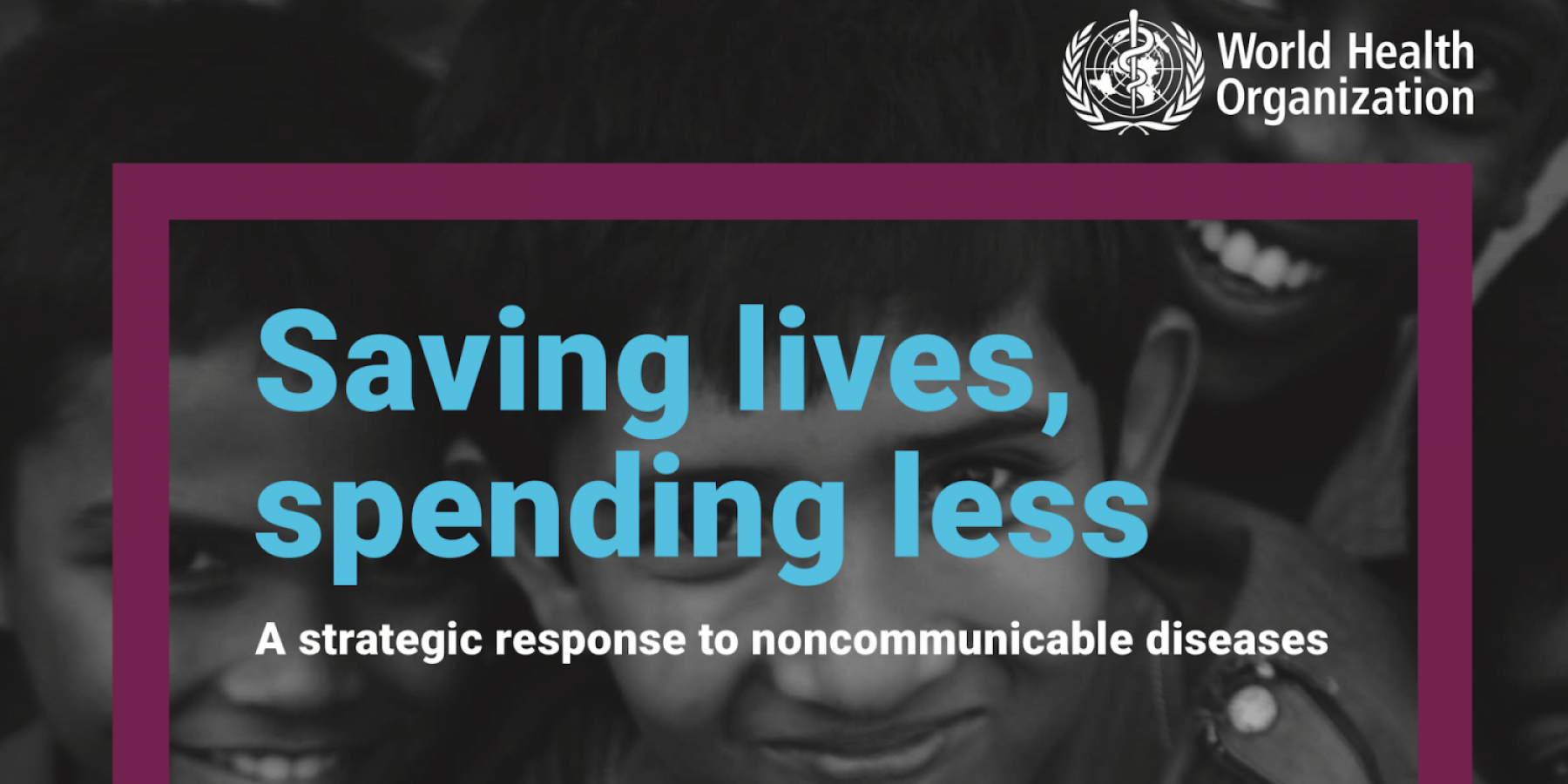
© WHO

| Published | 16th May 2018 |
|---|---|
| Author | World Health Organization |
| Download |
Description
Saving lives, spending less: a strategic response to noncommunicable diseases reveals, for the first time, the financing needs and returns on investment of the WHO cost-effective and feasible “Best Buy” policies to protect people from noncommunicable diseases (NCDs), the world’s leading causes of ill health and death. It shows that for every US$ 1 invested in scaling up interventions to address NCDs in low- and lower-middle-income countries, there will be a return to society of at least US$ 7 in increased employment, productivity and longer life. If all countries use these interventions, the world would move significantly closer to achieving Sustainable Development Goal 3.4 to reduce premature death from NCDs by one-third by 2030.
Low- and lower-middle-income countries currently bear the brunt of premature deaths from NCDs: almost half (7.2 million) of the 15 million people who die globally every year between the age of 30 and 70 years are from the world’s poorest countries. Yet global financing for NCDs is severely limited, receiving less than 2% of all health funding. The document, however, indicates that taking effective measures to prevent and control NCDs costs just an additional US$ 1.27 per person per year in low- and lower-middle-income countries. The health gains from this investment will save 8.2 million lives through 2030 and generate US$ 350 billion through averted health costs and increased productivity during the same period.